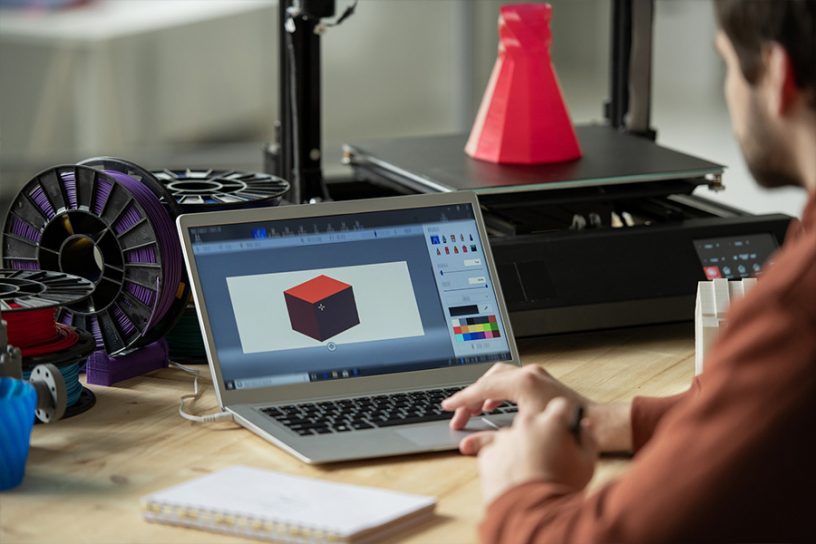
The aim of this study is to investigate the impact of the infill density, infill pattern and layer thickness on the printing time, weight, Young’s modulus, compressive stress, surface roughness, tensile strength, CO2 emissions and amount of material used for the samples printed using Poly-lactic acid (PLA) in the Fused Deposition Modelling (FDM) method.
Authors
Sachin Kumar Mangla, Full Professor and Director, Research Center for Digital Circular Economy for Sustainable Development Goals (DCE-SDG), Jindal Global Business School, O.P. Jindal Global University, Haryana, India.
Yigit Kazancoglu, Faculty of Business, Department of Logistics Management, Yasar University, 35100 Izmir, Turkey.
Muruvvet Deniz Sezer, Faculty of Business, Business Administration Department, Yasar University, 35100 Izmir, Turkey
Neslihan Top, Faculty of Technology, Industrial Design Engineering Department, Gazi University, 06560 Ankara, Turkey.
Ismail Sahin, Faculty of Technology, Industrial Design Engineering Department, Gazi University, 06560 Ankara, Turkey
Summary
Nowadays, designers and engineers rely on specific manufacturing guidelines to bring quality products to market with minimum time and error. Design for Additive Manufacturing (DfAM) is one of these guides adapted to Additive Manufacturing (AM) technologies used to increase the operational performance of components, minimise material waste and provide design flexibility.
DfAM optimises three-dimensional (3D) printing parameters to maximise the potential of AM technologies. DfAM improves ecological performance and provides many advantages for the transition to a circular economy by providing resource efficiency and enabling the production of parts with reduced weight without changing their mechanical strength. The aim of this study is to investigate the impact of the infill density, infill pattern and layer thickness on the printing time, weight, Young’s modulus, compressive stress, surface roughness, tensile strength, CO2 emissions and amount of material used for the samples printed using Poly-lactic acid (PLA) in the Fused Deposition Modelling (FDM) method.
PLA has been chosen because it is a natural and recyclable polymer derived entirely from plant sources. In the printing process, samples with different mechanical properties have been obtained by changing the infill density (25%, 50% and 75%), the infill pattern (gyroid, triangle and grid) and the layer thickness (100, 150 and 200 µm) parameters. The Design of Experiment (DoE) method is provided to find optimal combinations of the selected parameters.
According to the results of the study, the effect of the layer thickness differs on each output. While the infill density is 75%, grid and triangle structures generally give the best results among the infill patterns; infill density of 25% varies according to the infill pattern. The gyroid and triangle patterns give optimum results for less layer thickness (e.g. 100 µm), while the grid should be preferred for higher layer thickness (e.g. 200 µm).
Published in: Computers in Industry
To read the full article, please click here.


